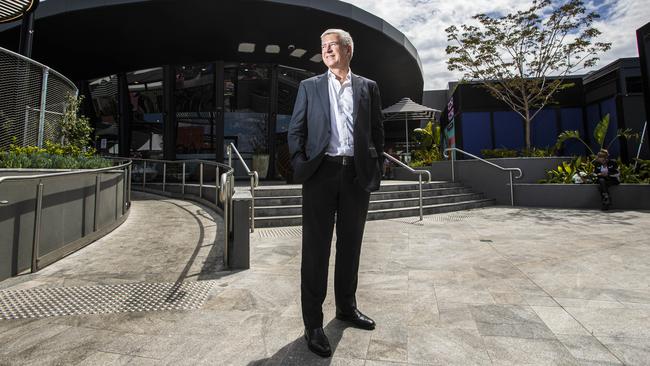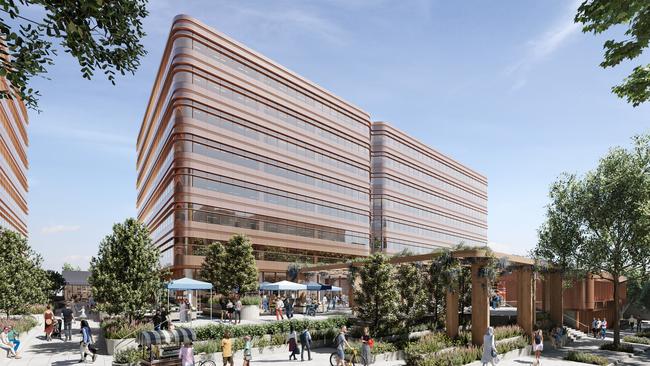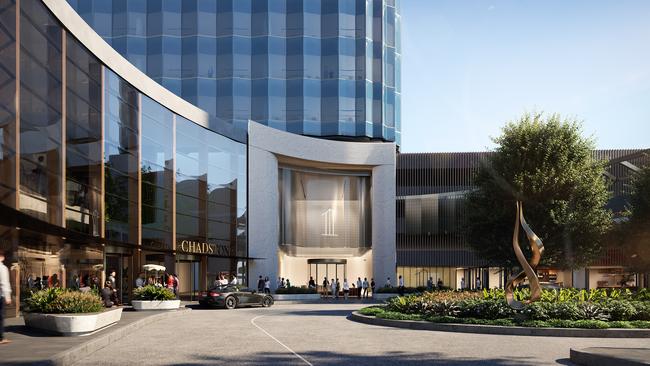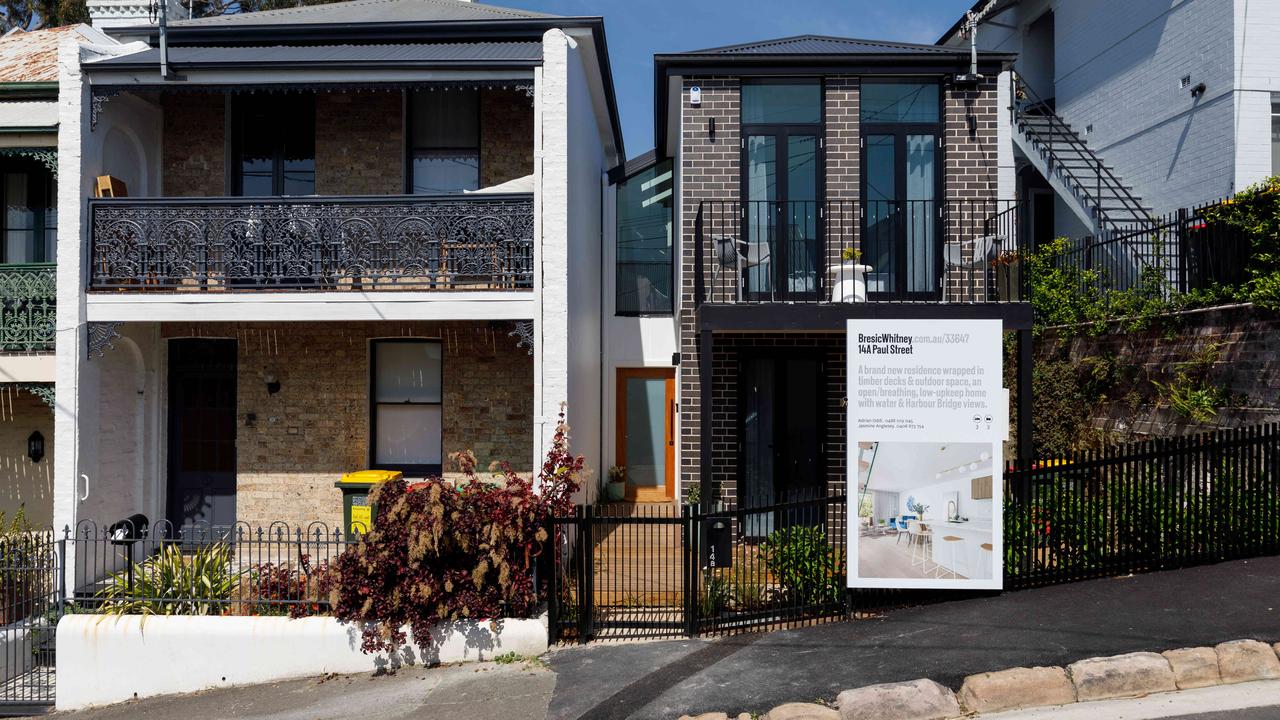The retail divide: Big shopping malls in the wars as tenants move on
Battle lines are being redrawn in a high-stakes fight between retail landlords and tenants.

Rolling lockdowns across the country have yet again cast a shadow over shopping centre owners, with the largest malls expected to feel the most heat.
The early signs from lockdown are of stressed tenants digging in to demand rental reductions from their landlords, who are so far insisting on holding the line.
The big players, led by sector titans Scentre and Vicinity Centres, have opposed the reintroduction of leasing codes designed to protect small tenants, which they say impose an unfair burden when they are already helping.
Now, battle lines are being redrawn with a replay of last year’s stoush between landlords and tenants, which drew in big names including Solomon Lew’s Premier Investments and Chadstone Shopping Centre co-owner John Gandel, on the cards.
The latest lockdowns threaten to reopen fresh wounds that saw tenants get some help but landlords also stick to their mantra of not taking on the business risks of their tenants.
Beneath the theatrics lie deeper shifts that are working against larger malls as consumers switch to e-commerce more permanently.
At the same time, there is a strong shift towards the small end, with neighbourhood shopping centres and subregional centres performing well.
And even some large mall owners such as GPT, which owns Melbourne’s Highpoint and Melbourne Central, have painted a relatively rosy outlook, saying that they can withstand lockdowns and bounce back.
GPT chief executive Bob Johnston said there was a strong recovery in retail sales and rent collections during the first half.
“Retail leasing activity during the period was the strongest it has been for some time as retailers expanded their physical store networks and launched new brands,” he said.
GPT is working with smaller tenants to get them through and Mr Johnston said that had given momentum in the first half. “We remain confident we will see a strong recovery once restrictions are again lifted,” he said.
The first-half bounce was not evenly split, with cinemas and travel agents still quiet. But major stores and discount department stores were the winners, with entertainment-based retailers also surging, as brands such as Timezone and Strike Bowling came back.
New concepts like The Lego Store also contributed, joining powerhouse brands such as JB Hi-Fi and Rebel. Fashion also came back, despite concerns about the industry now.
Retailers are backing new store concepts as well as dominant brands taking more space for flagship stores.

Jarden analyst Lou Pirenc said GPT’s results bode well for post-lockdown recovery, despite downgrades in this half. Notably, GPT’s speciality sales were 6.5 per cent above the pre-Covid levels.
Mr Pirenc said this highlighted the recovery potential in retail earnings once lockdowns were behind us. But he lowered his forecasts for this half to reflect a 70 per cent gross collection rate, which could still prove optimistic if bad news on current infections overshadows progress on vaccinations.
Citi analysts led by Adrian Dark said GPT struck a positive tone about retail despite facing near-term headwinds. But they remain bearish, and see downside risks for large malls in particular.
On the ground at the moment it’s tough going. Big operators are showing little leeway, with leasing experts saying many are playing hardball as they also seek to recoup back rents built up since last year.
They could be hit with the threat of smaller stores and even chains closing stores. The direst conditions are among the small tenants where landlords have stepped in to offer support. But more may be needed.
Leasewise managing director Ange Kondos, who advises tenants, says the current spate of lockdowns has produced a weariness and despair that was not as prevalent last year.
“The main reason for this is there is no JobKeeper money providing a financial sense of security for small business and the government money is not then filtering through in sales when there has been intermittent trading,” Mr Kondos said.
He says there is a lot of resentment among property owners that governments had again forced landlords to provide rent relief to small tenants. Mr Kondos says that Scentre had already stated it would provide deferrals. But he questions whether they will work.
“Deferrals are not the answer. Those not savvy enough to negotiate waivers only last round and who are already carrying this debt will be in permanent financial purgatory. Waivers and reductions in rent and occupancy costs with the realisation that the market must bottom out is the only truth the industry must face,” he said.
Mr Kondos said suburban shopping centres did come back with sales bounces last year, which provided the owners with a swagger. “Reality is yet to smash them in between the eyes but it’s coming,” he said.
Savills director Leighton Hunziker, who also advises tenants, says that in April retailers were “just starting to get themselves off the canvas”.
“But unfortunately for many, this is going to be one kick in the guts too many and they’re just going to put up the white flag,” he said. He said a lot of smaller operators had run down their capital and accumulated losses.
“Now they’re saying: ‘There’s no one way out of the current situation. I don’t know when I can start all my cashflow. It’s all too hard, I’m gunna have to pull up the white flag of insolvency’,” he said.
Mr Hunziker warned that pain was cascading down from regional malls. “The biggest pain is the regionals, and then sometimes at the subregionals,” he said.
He argued that neighbourhood centres were going strong but even in these centres some discretionary retailers were closed. “Everybody is hurting, but the biggest pain is going to be the big end of town,” Mr Hunziker said.

Landlords are just as unhappy with the Berejiklian government last week following Victoria’s Andrews government in reintroducing the Morrison leasing code.
They say this imposes an unfair burden on the industry, which has already poured billions of dollars into rental relief and say that shopping centres had not received sufficient relief via tax breaks or their own lenders.
When the Victorian government moved, big landlords in the firing line reacted angrily, with Vicinity, half owner of Chadstone, saying it was already providing support.
Vicinity CEO Grant Kelley said the company continued to look after tenants when the original code expired because “looking after our retail partners is not only the right thing to do, it is in our interests to do so”.
Scentre chief executive Peter Allen also attacked the move. “It is unprecedented and unfair for a government to mandate how one industry in our economy must fund another industry,” he said.
Retailers have claimed big landlords waited for laws before helping them, particularly if their turnover was above $5m, which left many small chains exposed.
But Mr Allen said the industry was “committed to working with our SMEs to assist with their cashflow and to help them get through this period”.
In a shot across the bow of retailers, Shopping Centre Council of Australia executive director Angus Nardi said the industry “has zero appetite for another round of landlord bashing and commercial opportunism that translates into big profits for big retailers”.
Shopping centres provided more than $2.1bn in rental abatement to small and medium-sized retailers and have also backed them before the code came back. Landlords also point to retailers such as Super Retail and Harvey Norman reaping hefty profits despite lockdowns, which they say has killed the leasing code’s spirit.
“Sadly, the so-called spirit of the code is now dead – killed off by big retailer profit and Friday’s decision by the NSW government to reinstate the Code of Conduct with a $50m turnover threshold which is bad policy, badly made,” Mr Nardi said.
Big landlords fear the scheme will again result in rent abatement and deferrals going to big retailers “under the code’s spirit”, but then that is translating into higher profits and dividends for powerful listed retailers.
The pain may not be too great. Extended lockdowns in NSW and in Victoria would hit Scentre and Vicinity but have only a negligible impact on their liquidity, JPMorgan said.
Analyst Richard Jones said their share prices meant the market was factoring in a further 15 per cent and 21 per cent decline in book values, respectively. But this may be too far. “We believe this is overdone. We assume a 20-25 per cent peak-to-trough decline,” Mr Jones said.
But the scene for another mighty clash between mall owners and retailers has been set.







